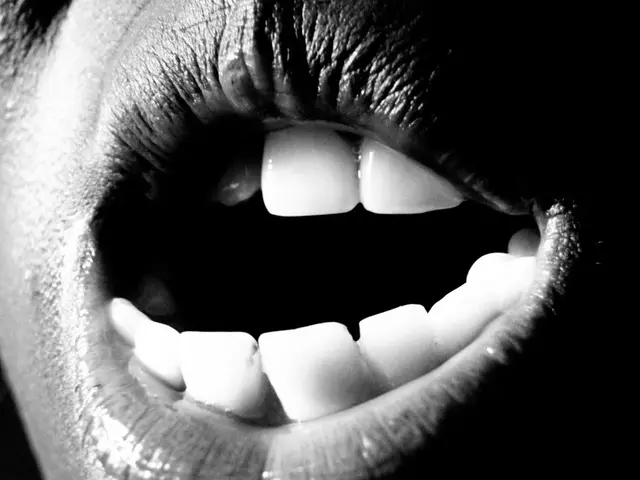Triggers for borderline personality disorder uncovered
Managing Borderline Personality Disorder Triggers: Strategies for Emotional Stability
Borderline Personality Disorder (BPD) is a mental illness that can make it challenging for individuals to manage their emotions. Understanding and managing triggers is crucial in coping with BPD.
Identifying Triggers
The first step in managing a BPD trigger is identifying them. A mental health care professional can help someone with BPD examine previous episodes and encourage introspection about potentially triggering thoughts or events. Common internal triggers include intense mood swings, impulsive behaviors, feelings of emptiness, and heightened sensitivity to perceived rejection or abandonment. External triggers frequently involve interpersonal conflicts, perceived or actual rejection, abandonment fears, invalidation from others, and environmental stressors like unstable family dynamics or traumatic reminders.
Coping with Triggers
Effective coping strategies for managing these triggers focus on emotional regulation and distress tolerance. Mindfulness and breathing exercises, such as deep diaphragmatic breathing, the 4-7-8 breath technique, and counting breaths, can help restore calm and reduce emotional reactivity. Dialectical Behavior Therapy (DBT) skills, which emphasize distress tolerance, emotion regulation, and interpersonal effectiveness, are also beneficial. Safety planning and crisis support are critical for managing self-harm urges and suicidal thoughts, helping the individual develop healthier alternatives to impulsive coping.
Therapies for BPD
Several therapies have been found to be effective in managing BPD. Mentalization-based treatment helps people with BPD better understand their thoughts and emotions and the way they respond to them. Schema-focused therapy identifies negative thought patterns in people with BPD. Transference-focused psychotherapy involves examining the person's thoughts about their therapist.
Doctors may also help with BPD. Medication can be used to manage symptoms such as mood swings, anxiety, and depression. However, therapy is often the primary treatment for BPD, as it focuses on helping individuals understand and manage their triggers and emotions.
Disability and BPD
For individuals with BPD whose symptoms significantly interfere with their ability to work, disability benefits may be an option. To qualify for disability from the Social Security Administration, a person with BPD must show evidence that this mental condition is ongoing and completely interferes with their ability to perform any work.
In summary, understanding and managing triggers is essential in coping with BPD. Mindfulness, DBT-based coping skills, and supportive interventions are among the most effective tools to manage these triggers and improve emotional stability. If you or someone you know is struggling with BPD, seeking help from a mental health professional can make a significant difference.








